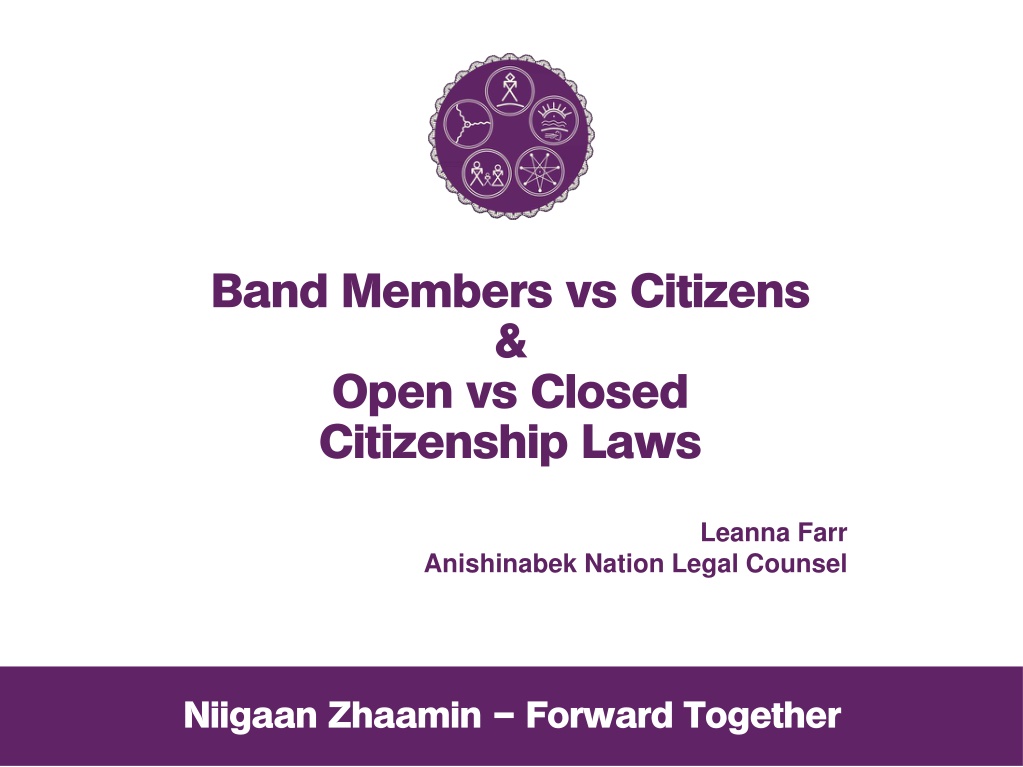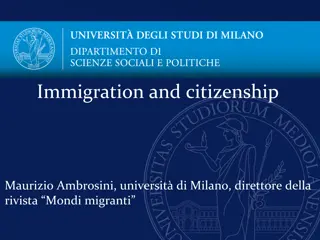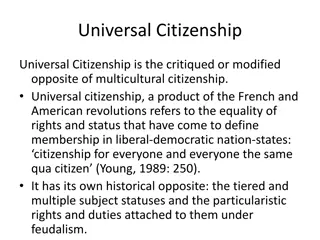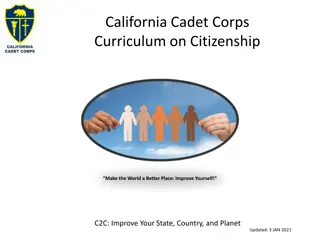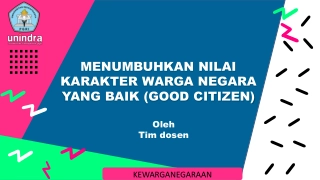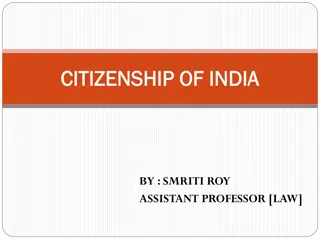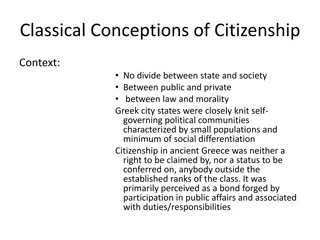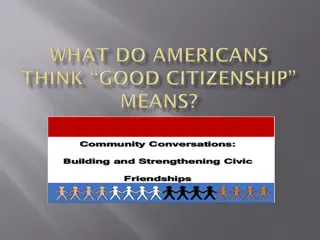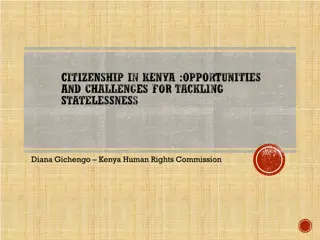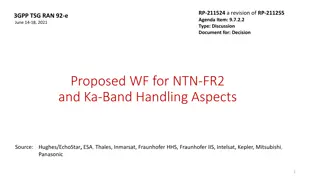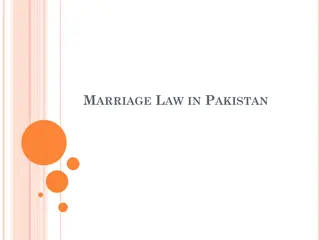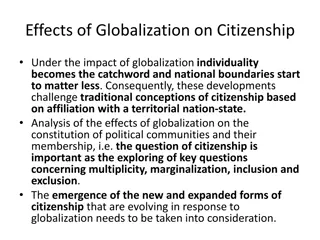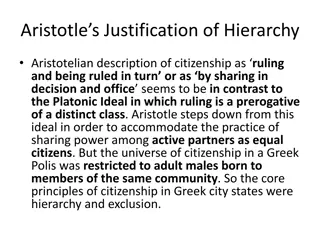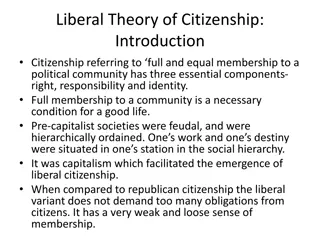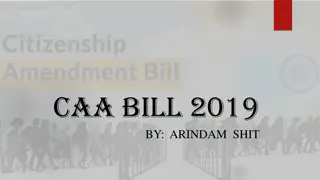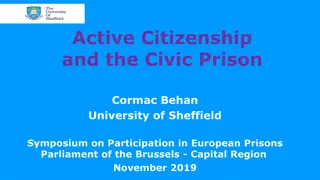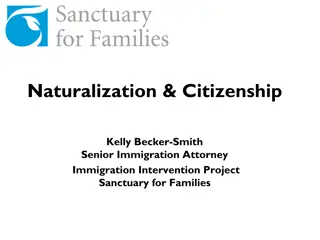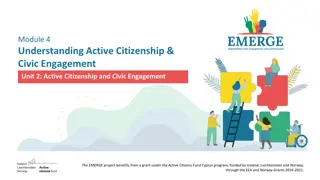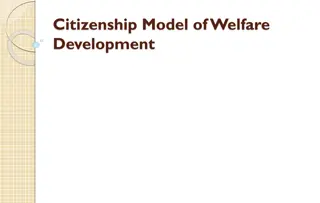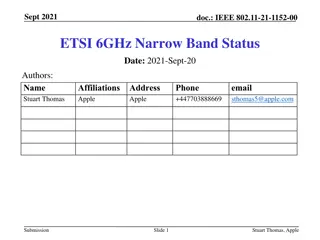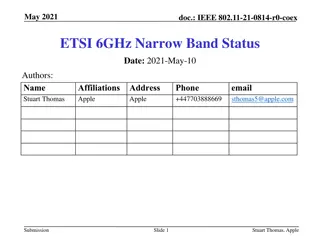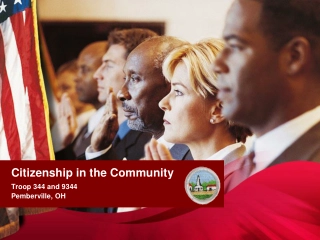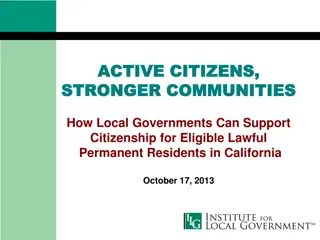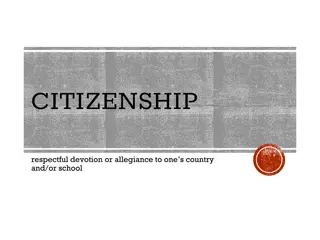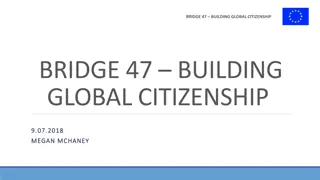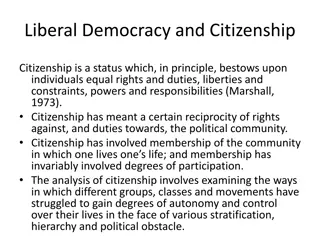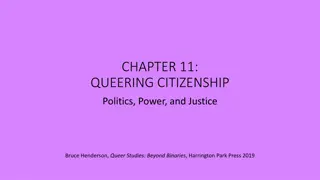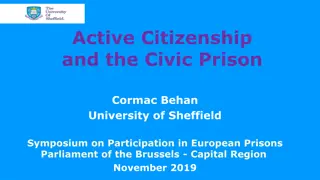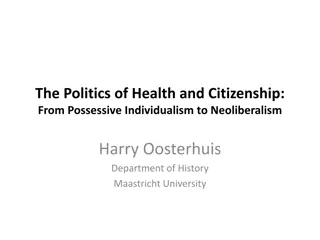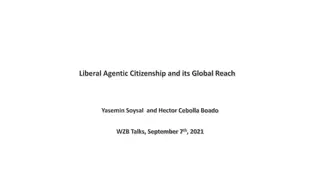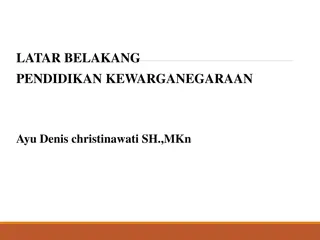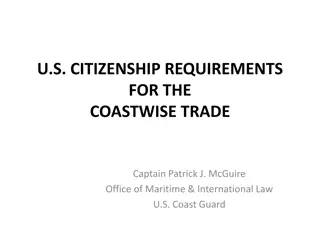Band Members vs Citizens: Understanding Citizenship Laws
Exploring the distinctions between band members and citizens, this content delves into the definitions of a band, an Indian, a member of a band, and a citizen, highlighting the different criteria used to determine belonging and identity. It discusses how Indian status and band membership are defined, contrasting the inclusive approach of nations with the restrictive criteria of the Indian Act and its impact over time.
Download Presentation

Please find below an Image/Link to download the presentation.
The content on the website is provided AS IS for your information and personal use only. It may not be sold, licensed, or shared on other websites without obtaining consent from the author. Download presentation by click this link. If you encounter any issues during the download, it is possible that the publisher has removed the file from their server.
E N D
Presentation Transcript
Band Members vs Citizens & Open vs Closed Citizenship Laws Leanna Farr Anishinabek Nation Legal Counsel Niigaan Zhaamin Forward Together
Band Members vs Citizens What is a Band ? Means a body of Indians (a) for whose use and benefit in common, lands, the legal title to which is vested in Her Majesty, have been set apart before, on or after September 4, 1951, (b) for whose use and benefit in common, moneys are held by Her Majesty, or (c) declared by the Governor in Council to be a band for the purposes of this Act. Indian Act, 1985 An Indian band is defined as a body of Indians for whose collective use and benefit lands have been set apart or money is held by the Crown, or who have been declared to be a band for the purpose of the Indian Act. Statistics Canada Niigaan Zhaamin Forward Together
Band Members vs Citizens What is an Indian? Indian means a person who pursuant to this Act is registered as an Indian or is entitled to be registered as an Indian. Indian Act, 1985 What is a Member of a Band? Member of a band means a person whose name appears on a Band List or who is entitled to have his name appear on a Band List. Indian Act, 1985 Niigaan Zhaamin Forward Together
Band Members vs Citizens What is a Citizen? No definition in the Indian Act. Defined by the Nation. Eg. E Dbendaagziijig Those who belong. Niigaan Zhaamin Forward Together
Band Members vs Citizens Indian Status & Band Member Citizen Founded and defined by the Nation. Terminology connotes - Belonging to a Nation or a country. Nation s criteria Can be as broad and inclusive as the Nation wishes. Can be more about connections and relationships to a Nation s families, dodem, language, culture, land, community, histories and laws. Nation determines the cut-off rules, if any. Founded and defined by the Indian Act & Government of Canada. Terminology connotes Racist & arbitrary language & belonging to a club or group. Indian Act criteria - Narrow, limiting and exclusionary. Indian Act relies primarily on decent- based criteria only. Rigid cut-off rules. Perpetuates colonial notions of race and fails to respond to the needs of bi-racial or multi-racial children. Niigaan Zhaamin Forward Together
Indian Act system leads over time to an escalating separation of Indian status from connectedness to the group identity of band or First Nation separating the determination of Indian identity from connection to First Nation land rights. Jerry White et al, 2007 Niigaan Zhaamin Forward Together
Indian Act Membership & Citizenship in Canada Three main avenues for Band Membership, Indian Status and First Nation/Indigenous Citizenship in Canada Indian Registry (s. 11 Indian Act) Strictly governed by the registration and rules via the Indian Act. More flexibility & control to the nation however, ratification threshold is very difficult & requires Minister approval. Most flexibility. Nation-to-Nation negotiations. Membership Codes (s. 10 Indian Act) Self-Government Agreements Not under the Indian Act. Niigaan Zhaamin Forward Together
Getting Out of the Business of Indian Registration - Canada Self-Government Agreements: Citizenship Laws E Dbendaagzijig AN Child Well-Being Law AN Education Agreement Other examples emerging provincially and federally: UNDRIP Child, Youth and Family Services Act (CYFSA, 2017) An Act respecting First Nations, Inuit and M tis children, youth and families (aka Bill C-92, 2019) CHRT Ruling re Jordan s Principle eligibility criteria Niigaan Zhaamin Forward Together
Open vs Closed Citizenship Laws What does this mean? Flexibility and inclusiveness vs. limiting and exclusionary. Allowing for growth in the Nation vs. road to decline in the growth of the Nation. Nation defines eligibility criteria, privileges & obligations vs. Canada defines these. Nation decides ratification process & thresholds vs. Canada defines these. Living/Evolving Law (this is key!) vs. difficult to make changes for future needs of the Nation. Niigaan Zhaamin Forward Together
Miigwech Questions? Niigaan Zhaamin Forward Together
